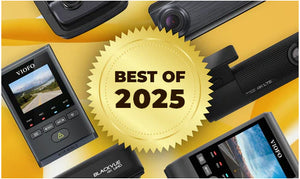If you adore snapping pictures and recording your adventures in the great outdoors, you are probably familiar with GoPro cameras. Widely used by vloggers, influencers, and celebrities to chronicle their lifestyles, whether it's their cross-country journeys, culinary crawls, or underwater activities, the GoPro is a cultural force in the camera market. From sinking them into 120-foot-deep wells to launching them into orbit at 3,800 mph, GoPros are about as versatile a camera as money can buy.
Beginning with a 640x480 still resolution and 240p video in 10-second clips with the GoPro Digital Hero model in 2006, GoPro's latest flagship model, the Hero 12 released in September 2023, is now upgraded to capture videos in ultra-smooth and crisp resolutions ranging from 5.3K @ 60 fps, 4K @ 120 fps, 2.7K @ 240 fps, and 1080p @ 240 fps. Needless to say, it’s recordings are stunningly realistic.


